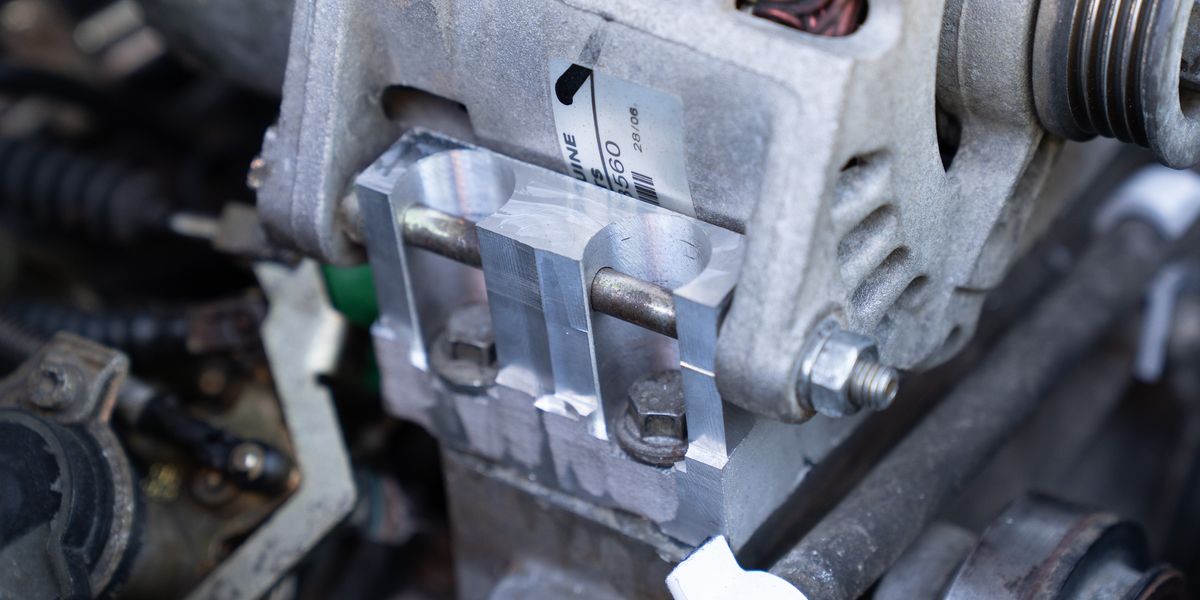A cutting-edge 3D printer is being used by the British Army for the first time to make spare parts for military vehicles and equipment on a vital Nato exercise.
The exercise – Steadfast Defender – is designed to show Russia that Nato countries, including the UK, will defend themselves against any aggression from President Putin following his invasion of Ukraine.
The Army’s use of printers in the field is the first time the technology has been used by any military force in direct support of a large-scale Nato exercise.
Parts can be printed in less than an hour.
The technology works by using computer-aided design to digitally produce a component
MoD
Defence Secretary Grant Shapps said: “This world-leading technology is another excellent example of how Britain is at the very forefront of innovation in Defence, providing our exemplary Armed Forces with a faster way to respond flexibly in the field.
“The recent increase in Defence spending is crucial to ensuring that our people have the right kit, at the right time. Examples like this demonstrate that we are leading the way in developing new technologies to empower our Armed Forces and give them what they need to defend our nation.”
The technology works by using computer-aided design to digitally produce a component. A fine metal powder, such as copper, aluminium, or steel, is then fired through a nozzle at three times the speed of sound as a mechanical arm shapes the component, building the object one layer at a time. Once constructed, the component is then subjected to heat treating, milling, and finishing.
The printer is currently being used to maintain older vehicles such as the Land Rover by printing harder-to-obtain spare parts. Future plans include having catalogues of components for new fleets of vehicles such as BOXER and AJAX, so parts can be printed on demand in the field.
Lieutenant Colonel John Anthistle, Commanding Officer of 9 Theatre Support Battalion, Royal Electrical & Mechanical Engineers said: “This equipment gives the Army the flexibility it needs to make spares, components, and modifications to our equipment in the field, at point and time of need. Not only does it save us weeks and sometimes months of having to wait for replacement parts, it also enables us to print components which aren’t available anymore; conduct battle damage repair, and modify equipment to match changing threats.
“If you have a broken-down vehicle which needs to be back in the field the next day because it’s a vital piece of equipment, that’s where this technology comes in. It can reduce logistical issues, save money and critically, speed up getting battle-winning equipment back into the fight.”
The Australian military were the first to trial the technology on low level exercises, but other countries using 3D printing have kept it used in a laboratory environment.
The British Army, along with industry-leading manufacturers, have ‘ruggedised’ the high-tech process so that it can work in the field as a tactically deployed asset.
